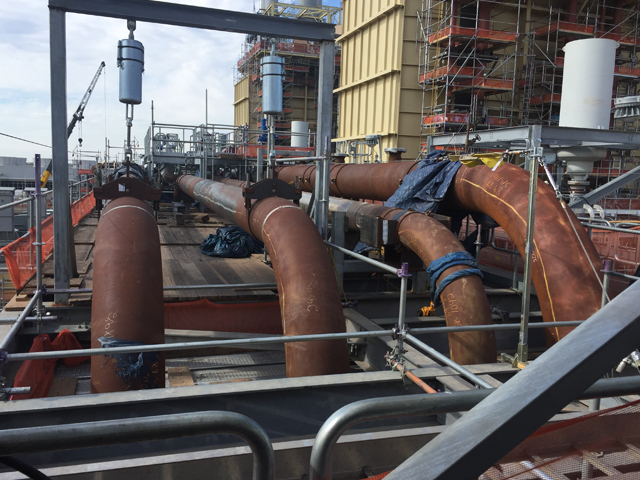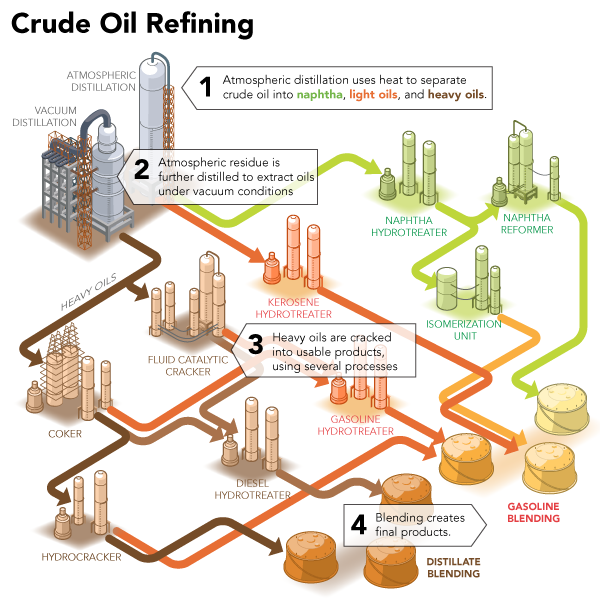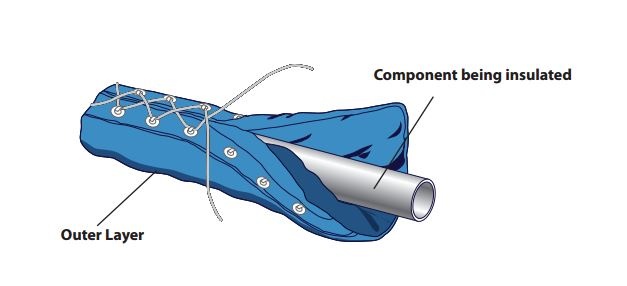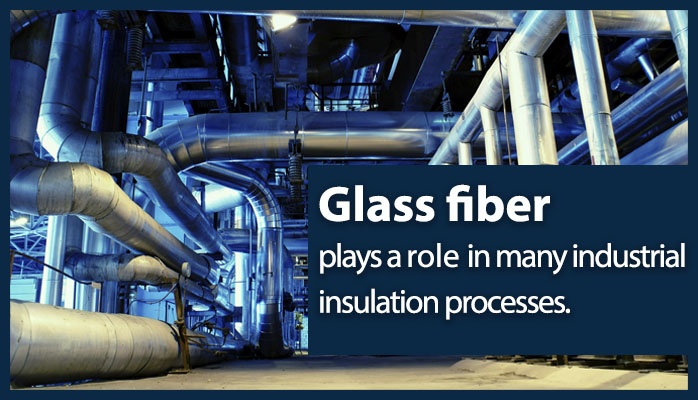When you work in the industrial insulation industry for several years, you start to notice the number of product names that exist. Some terms you may not be familiar with and others you may hear every day. The difference in terminology can all depend on where you are located or even what part of the world you live. For example, pipe and tank wrap is called a different name based on your location. In Europe, it goes by Lamella.
Colloquialisms of the Industrial Insulation Industry
Posted by Brittney Fells on Jan 24, 2018 9:27:00 AM
Topics: Product Names, Industrial Insualtion Industry, Terminology, Colloquialisms
The two terms Noise Reduction Coefficient (NRC) and Sound Transmission Class (STC) can be confusing, and both are important to know when choosing soundproofing materials for mechanical piping systems. While one measures the build-up of noise within a space, the other measures the sound transmission between spaces. This blog will cover the difference between the two ratings.
Topics: Noise Reduction Coefficient, mechanical piping systems, NRC, STC, Noise Control, Sound Transmission Class
Why Choose one MLV (Mass Loaded Vinyl) Over the Other?
Posted by Brittney Fells on Jan 8, 2018 10:27:00 AM
There are a variety of noise barriers on the market that meet the physical performance requirements of virtually any acoustical application. In the industrial insulation world, mass loaded vinyl (MLV) is a key acoustical component for mechanical insulation projects. This blog will discuss the different MLV noise barrier products available and what applications they are best for.
Topics: Noise barrier, Mass loaded vinyl, Noise Control, Sound Transmission, Noise reduction materials
Crude oil prices have been low for quite some time now and according to the NYTimes, “Executives say they think it will be years before oil returns to $90 or $100 a barrel, which was the norm until prices collapsed in late 2014.” Oil prices have been edging up and are currently trading in a range from $50- $62 a barrel.
Topics: high oil prices, low oil prices, oil prices, industrial insulation, the affects of oil prices
Ethane crackers are generally, very large industrial facilities converting gas to another by-product. The vast majority, are located on the Gulf Coast. The “cracker” takes ethane, a component of natural gas and processes it-or ‘cracks’ it (breaks down) into ethylene. This is done by heating the ethane, to an extreme temperature causing it to break apart the molecular bonds holding it together. Ethane is used almost exclusively as a petrochemical feedstock to produce ethylene.
Topics: ethane cracker, petrochemical plant, insulation industry
What Goes on in an Oil Refinery?- The Condensed Version
Posted by Brittney Fells on Dec 5, 2017 11:15:00 AM
From the outside, an oil refinery may look like an endless maze of pipes, chimney stacks, steel columns, and vessels. The fact is, however, oil refineries are highly sophisticated industrial facilities transforming crude oil into valuable products used in an array of applications.
Topics: mechanical insulation, insulation materials, oil refinery, crude oil
Vapor barriers are extremely important when insulating mechanical piping, especially cold systems, particularly in high humidity conditions such as the gulf coast. Proper insulation of these pipes will help avoid massive failures that could lead to liability exposure. Also, consideration should be given to joint sealing, as this is also critical to long-term quality and function of the mechanical pipe system.
Topics: Vapor barrier, Vapor Retarder, Permeability, Common Materials
What is the Outer Layer of a Removable Insulation Blanket?
Posted by Brittney Fells on Nov 8, 2017 9:49:00 AM
When it comes to the material makeup of a removable insulation blanket, there are a number of material combinations that can be used for the outer facing. Fabricators turn to high-temperature fabrics because they offer strength, durability and heat resistance.
Topics: Removable Insulation Blanket, High-temperature cloths, high-temperature applications, Mechanical Abuse Coverings
How to Eliminate Noise in an Industrial Environment
Posted by Brittney Fells on Nov 2, 2017 10:02:00 AM
Mechanical piping systems can produce significant noise if they are not properly insulated. A well designed acoustical lagging system, will provide effective noise reduction and also block noise. If the reduction of noise is required, Vinaflex™ VP is the answer.
Topics: noise reduction, Mass loaded vinyl, lagging system, MLV
Glass fiber has become a popular material utilized throughout several industrial industries such as oil and gas, marine and chemical, just to name a few. Glass fiber also plays a role in many industrial insulation processes and end products such as fabrics for high-temperature applications.
Topics: glass fiber properties, fiberglass fabrics, industrial materials












